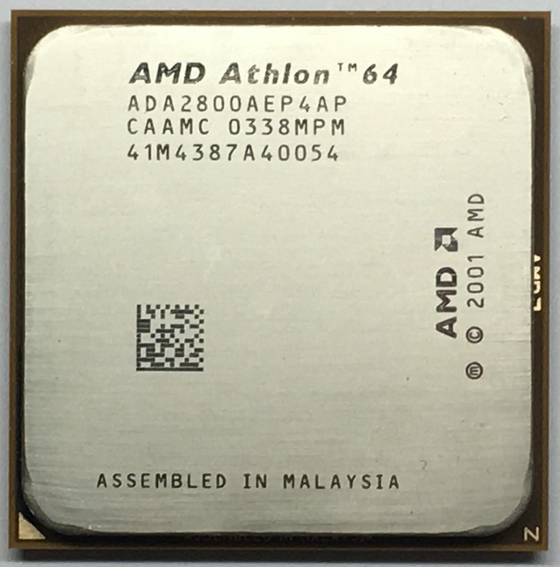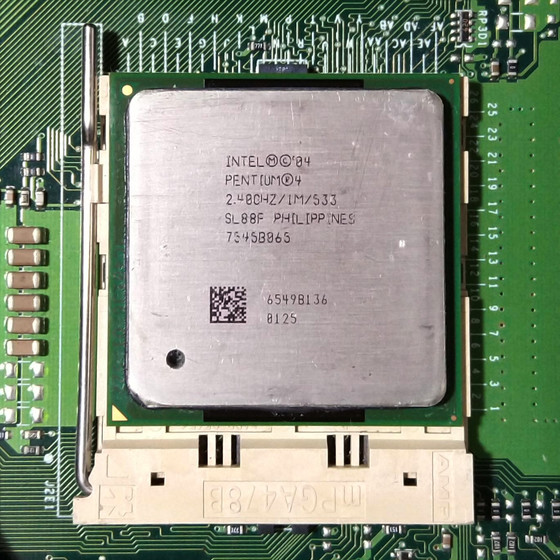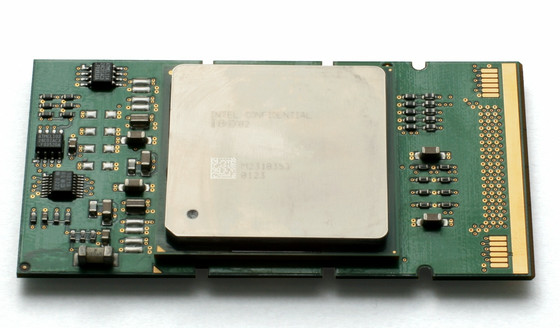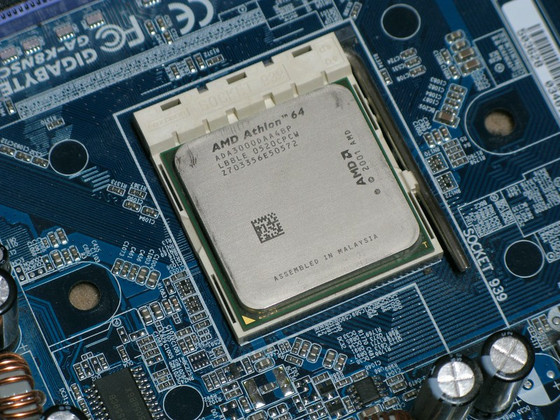Why was the Athlon 64 the catalyst for AMD's comeback victory over Intel?

by
AMD released the x86_64 compatible microprocessor ' Athlon 64 ' in September 2003. This was contrary to Intel's policy at the time, which was reluctant to move to 64-bit, and as a result, Intel was forced to follow AMD's technology. Computer security expert Dave Farquhar wrote an article on his blog titled 'Why AMD Scored a Turnaround Victory over Intel.'
Athlon 64: How AMD turned the tables on Intel - The Silicon Underground
https://dfarq.homeip.net/athlon-64-how-amd-turned-the-tables-on-intel/
On September 23, 2003, AMD announced the Athlon 64, its ninth-generation microprocessor, which changed the history of the x86 architecture forever. This was the successor to the Athlon XP, and was the second processor to implement the ' AMD64 ' instruction set after the server-oriented Opteron , and the world's first 64-bit processor for general consumers.

by Astraera
The Athlon 64 was natively 64-bit, yet maintained full backward compatibility with 32-bit x86 instructions, and was positioned as a competitor to Intel's

by
There are several reasons why Intel has been reluctant to extend the x86 architecture to 64 bits: x86 has a history of expanding from 8 bits to 16 bits to 32 bits, and there are complex technical constraints to maintaining backward compatibility.
Intel wanted to break away from these constraints and design a new, faster, and more efficient 64-bit architecture from scratch, which was commercialized as ' Itanium ' in June 2001. Furthermore, Intel's strategic aim was to eliminate competitors like AMD in the long term by bringing to market a completely new, patent-protected architecture.

by Konstantin Lanzet
At the time, AMD felt a strong sense of crisis that it would be forced to withdraw from the CPU business if Intel's Itanium dominated the market, but at the same time, it realized that Itanium was only accepted in a niche market and had failed to gain traction, especially on the Windows platform.
AMD saw a market opportunity in developing a 64-bit architecture that would allow users to smoothly transition to a 64-bit environment at their own pace, and prioritized superior 32-bit performance during the transition period over long-term 64-bit performance.
The Athlon 64, released on September 23, 2003, was a market success, just as AMD had intended. Its greatest feature was its complete backward compatibility with 32-bit x86, which allowed users to use their existing software assets while preparing for future 64-bit versions. The transition to 64-bit Windows was gradual, but demand was steady and it penetrated the market.

by Nayuki
The Athlon 64 also had the advantage of outperforming Intel CPUs with the same clock frequency while consuming less power. Contrary to its name, it was also evaluated as an excellent 32-bit CPU and was a great success in the enterprise market.
The low power consumption of the Athlon 64 was particularly attractive to data centers that operated large numbers of servers, and this prompted major vendors like Dell, which had previously only handled Intel products, to adopt AMD CPUs for their server products. In actual operation, AMD was superior in terms of performance and was equally stable, so initial skepticism was quickly dispelled.
In 2004, Intel abandoned Itanium and released ' Intel64 ,' which was nearly identical to AMD64, but legally permitted by the x86 licensing agreement between the two companies.
The success of the Athlon 64 significantly changed the relationship between AMD and Intel. From then on, the two companies entered a 'true competitive relationship,' competing for performance superiority with each CPU generation, Farquhar said. The Athlon 64 was a groundbreaking product that proved to the market that AMD was not just a cheap, compatible CPU manufacturer, but an industry-leading, innovative company.
Related Posts:
in Hardware, Posted by log1i_yk







